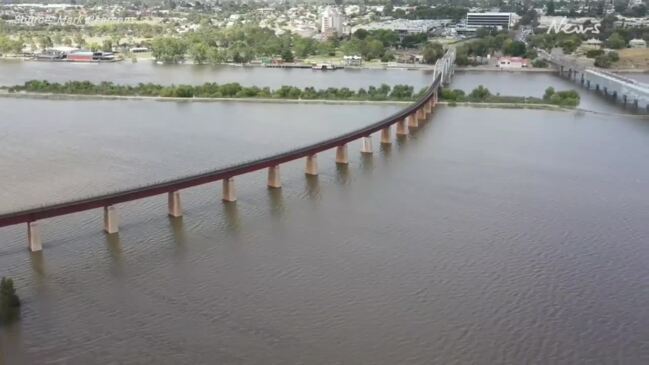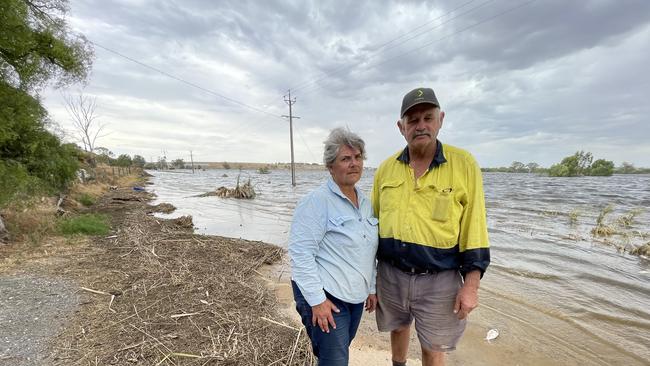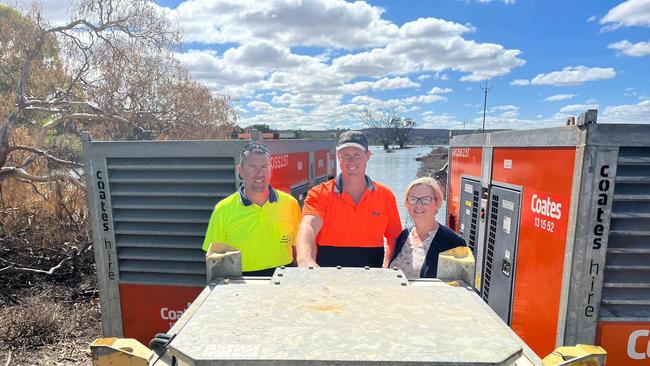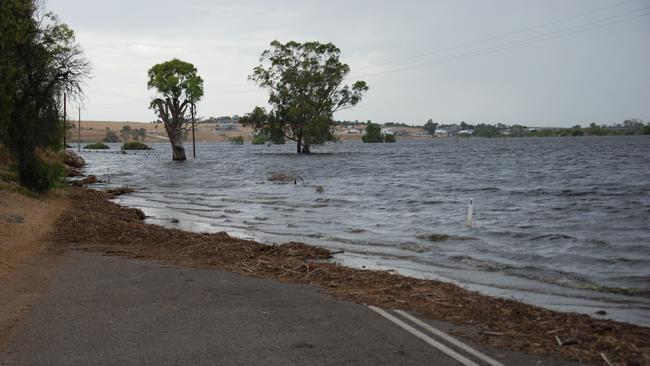Work to rebuild Lower Murray levee network and dewater impacted agricultural land begins
Work to rebuild the Lower Murray levee network and dewater impacted agricultural flats has begun but farmers warn the road to recovery will be a long and expensive one.

Adelaide Hills & Murraylands
Don't miss out on the headlines from Adelaide Hills & Murraylands. Followed categories will be added to My News.
Work to rebuild the Lower Murray levee network and dewater impacted agricultural flats has begun with farmers desperate to get back on the land and return to their livelihoods.
The state government is working with landholders in the Lower Murray Reclaimed Irrigation Area and has partnered with the South Australian Dairyfamers Association to implement levee repairs and begin dewatering of agricultural land.
Primary Industries, Regional Development and Forestry Minister Clare Scriven visited the Lower Murray last week, detailing a program to support the return to farming of flood-affected land.

The program applies to both government and privately owned levees to provide short term support to return inundated areas to production with funding to cover the costs of dewatering pumps and relevant operating costs.
“The state government has recognised that the re-establishment of the levee network and the dewatering process is the highest priority for primary producers in the Lower Murray region,” Minster Scriven said.
“A key priority with this initial short term levee repair work is to ensure the levees are stabilised as effectively and as quickly as possible to allow dewatering to occur so producers are back on the land quickly.”
Murray Bridge irrigators Joanne and Barry Pfeiffer’s farming operations came to a screeching halt when the Long Flat levee burst on January 7 and the farm is still underwater.
Joanne Pfeiffer said the support was “good news” but it was still a long road ahead with more pain to come.
“Getting these breaches temporarily fixed so the pumping can begin is a very slow process,” she said.
“It’s good to hear (about the program) but you know what farmers are like, they just want to get on with it.
“We are all just waiting in line … the pumps are supplied and the operational costs are paid for but we are just waiting.”

Mrs Pfeiffer said their farm had been underwater for two months and the water had gone down “about a metre” but the receding levels had started to give a damning indication of the work ahead.
“The road has been exposed now, but the bitumen road has deteriorated significantly so the council has an issue there too,” she said.
“It could take up to a month to get the water off … we’ve got to get power to our drainage pumps, we’ll have to re-fence, drains emptied out of silt, it will all have to be rehabilitated and start working on the soils.
“We’ve got to reinstate sheds, pumps, all our trees have died or dying, all the tracks from the road to the paddocks – all the unexpected things, it’s a massive task.
“Once we get this water off, the costs are going to be huge.”
Mrs Pfeiffer said the financial implications would be further compounded as the farm spends many more months out of operation.
“It won’t be before early summer before we can get stock back down there,” she said.
“We’ve got a long road ahead of us.”




